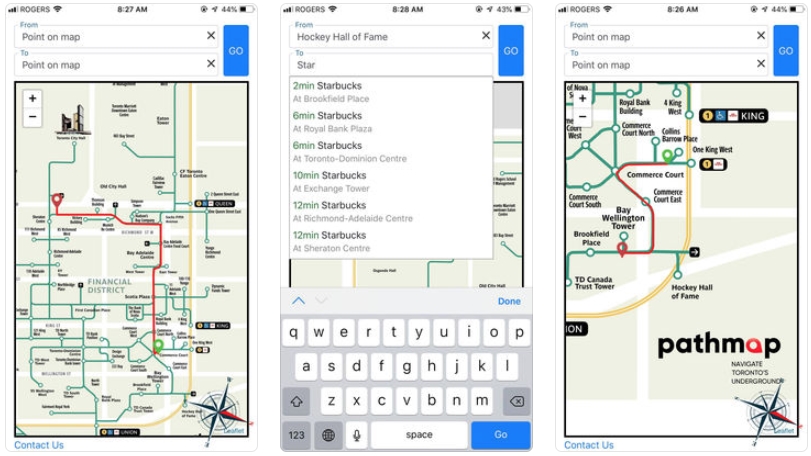Discovering Toronto’s PATH
Toronto’s PATH is a vast underground pedestrian walkway network that spans over 30 kilometers beneath the bustling streets of downtown Toronto. It connects office buildings, shopping centers, and public transit, making it a vital part of the city’s infrastructure. For locals and visitors alike, navigating this subterranean maze can be both a convenience and a challenge. This guide will help you understand and make the most of Toronto’s PATH system.
Understanding the Layout
The PATH is not a single, continuous tunnel but rather a series of interconnected walkways that link various buildings and attractions. It stretches from Union Station in the south to the Eaton Centre in the north, with numerous entry and exit points along the way. The PATH is organized by color-coded maps and signs, which are crucial for finding your way. Each section of the PATH is associated with a specific building or complex, and these are often marked on the maps. Familiarizing yourself with these landmarks can make navigation easier.
To get started, it’s helpful to download a PATH map or pick one up at a tourist information center. The map will show you the main routes and highlight key destinations such as shopping centers, hotels, and transit hubs. Pay attention to the color-coded lines and arrows, which indicate the direction and flow of pedestrian traffic. Remember that the PATH is busiest during weekday rush hours, so plan your trips accordingly if you want to avoid crowds.
Key Destinations and Amenities
One of the main attractions of the PATH is its access to a wide range of shopping and dining options. The Eaton Centre, one of Toronto’s largest shopping malls, is directly connected to the PATH and offers a variety of retail stores and eateries. Other notable shopping destinations include the Hudson’s Bay department store and the underground concourses of the Royal Bank Plaza and Scotia Plaza.
In addition to shopping, the PATH provides access to numerous dining options, from quick-service food courts to sit-down restaurants. Whether you’re in the mood for a quick coffee or a leisurely meal, you’ll find plenty of choices without having to step outside. Many of these establishments cater to the business crowd, so you’ll find a mix of casual and upscale options.
The PATH also connects to several major hotels, making it convenient for visitors to explore the city without braving the elements. Hotels like the Fairmont Royal York and the Sheraton Centre Toronto are directly accessible from the PATH, providing easy access to both accommodations and the city’s attractions.
Tips for Navigating the PATH
Navigating the PATH can be daunting for first-timers, but a few tips can make the experience smoother. First, always keep an eye on the overhead signs. These signs are your best friend when it comes to finding your way, as they indicate the direction to major buildings and transit points. Look for the PATH logo, which is a blue and yellow symbol, to ensure you’re on the right track.
Second, use landmarks to orient yourself. Since the PATH is underground, it can be easy to lose your sense of direction. Familiarize yourself with key buildings and their locations relative to each other. This will help you navigate more confidently and reduce the chances of getting lost.
Finally, consider using a smartphone app or GPS service that includes indoor navigation. Some apps are specifically designed to help users find their way through complex indoor spaces like the PATH. These tools can provide step-by-step directions and real-time updates, making it easier to reach your destination.
